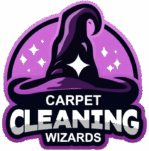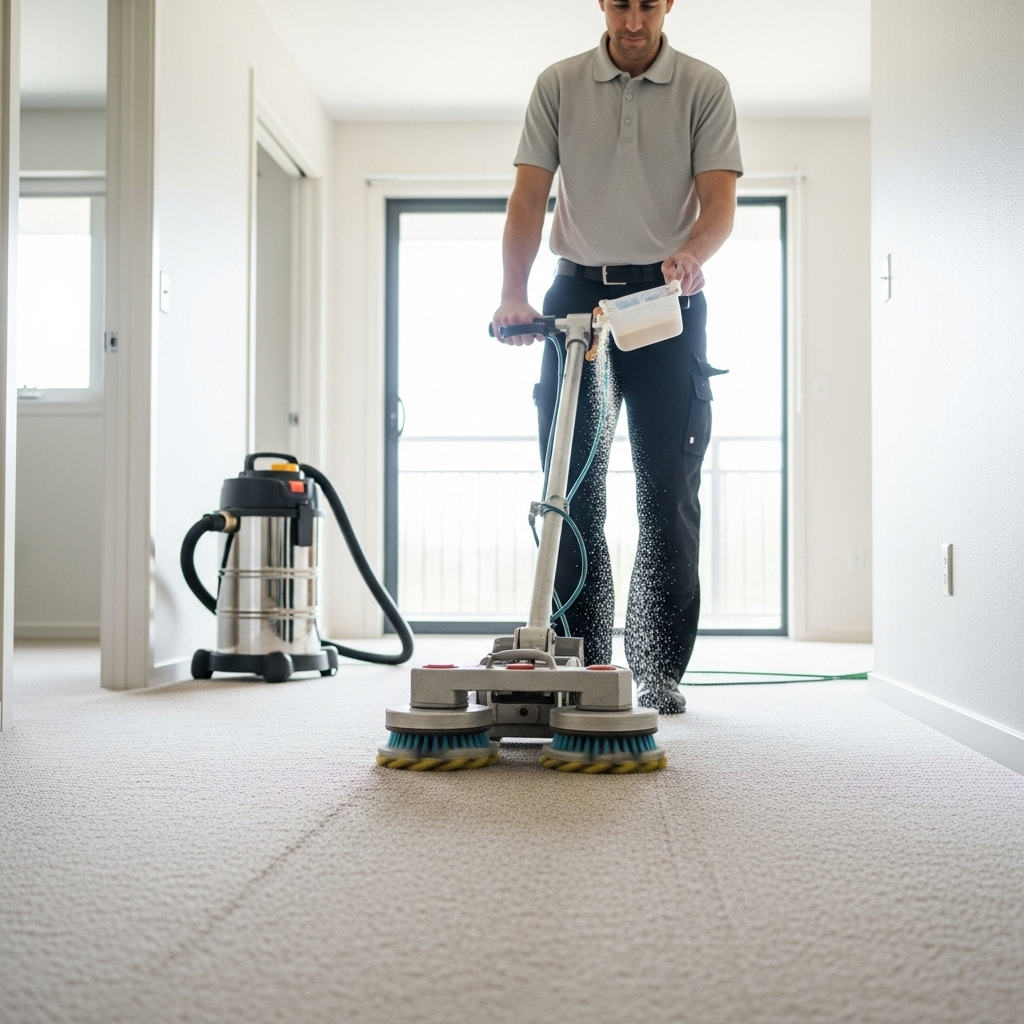Dry Carpet Cleaning in Elizabeth: A Clear Look at Pros and Cons
Homeowners and property managers across Elizabeth, New Jersey often ask whether dry carpet cleaning is the right choice for busy households, apartment buildings, or commercial suites. Dry methods—more accurately called low-moisture or very-low-moisture (VLM) cleaning—can deliver fast drying times and consistent results when matched to the right carpet and soil conditions. If you juggle work, family, and frequent visitors, the convenience alone can be appealing. As you explore your options, keep in mind that experienced local carpet cleaning services will recommend dry methods when they fit and steer you to an alternative when a deeper flush is needed.
Dry carpet cleaning encompasses several techniques: absorbent compound cleaning, encapsulation, bonnet/oscillating pad cleaning, and hybrid approaches that combine targeted spotting with controlled moisture. Each relies on carefully formulated detergents or polymers to suspend soils for removal without saturating the carpet. The result can be a bright, groomed appearance and a quick return to use—sometimes within an hour or two—making these methods popular in high-traffic spaces.
How Dry Carpet Cleaning Works
Most dry or low-moisture systems share a sequence of steps. First, a technician pre-vacuums to remove as much dry soil as possible—this step is vital because vacuuming eliminates abrasive particles that could otherwise be spread around. Next, a preconditioner or encapsulant is applied to break the bond between soils and fibers. Mechanical agitation, using a counter-rotating brush machine or oscillating pads, disperses chemistry and lifts the pile. Finally, soils are either absorbed into pads or crystallized by encapsulants for removal during the service and subsequent vacuuming.
Encapsulation is especially popular in the VLM category. Detergent polymers surround soil particles and dry into a brittle crystal that vacuuming later removes. Encapsulation leaves a groomed appearance and helps prevent rapid resoiling because the remaining crystal residue vacuumed in follow-up passes continues to capture loose soils. The key to success is correct chemical selection, dwell time, and agitation matched to fiber type.
Pros of Dry Carpet Cleaning
- Fast drying: Spaces can often be used shortly after service, an advantage for busy households and offices.
- Less water: Reduced moisture helps in environments sensitive to humidity or where airflow is limited.
- Great for maintenance: Regular VLM cleanings keep traffic lanes bright between periodic deep flushes.
- Lower risk of wicking: When moisture does not reach backing or pad, reappearance of stains due to wicking is less likely.
- Efficient for uniform, lightly to moderately soiled carpets: Especially useful in apartments and condos with consistent foot traffic.
Cons of Dry Carpet Cleaning
- Limited flush: For heavy contamination, sticky residues, or pet accidents that reached the pad, VLM may not remove enough material.
- Residue management: Some compounds or encapsulants must be vacuumed thoroughly after drying; improper technique can leave a film.
- Not ideal for certain stains: Dye-based spills, paint, or deep-set oils may require hot water extraction and specialty spotting.
- Fiber sensitivity: Wool and certain blends demand careful chemistry choice and gentle agitation.
When Dry Methods Shine in Elizabeth
Elizabeth’s mix of housing and commercial spaces makes VLM a smart option in many scenarios. High-rise apartments with limited ventilation benefit from less moisture. Busy family homes appreciate quick room turnover—playrooms, bedrooms, and living rooms can be back in use the same day. Commercial suites with daily foot traffic can schedule frequent VLM passes to maintain a professional appearance, reserving periodic hot water extraction for deeper restoration. In shoulder seasons with higher indoor humidity, low-moisture approaches reduce drying challenges.
When to Consider Hot Water Extraction Instead
If your carpets have heavy soil load, pet urine contamination, or sticky residues from past DIY products, hot water extraction (HWE) may be the better choice. HWE flushes fibers and backing with controlled heat and rinsing, then extracts the solution. This method excels at removing embedded soils and detergent residues that dull the carpet. Many Elizabeth homeowners follow a hybrid plan: VLM for quarterly maintenance and HWE once or twice per year for deep restoration.
Understanding the Chemistry
Encapsulants rely on polymers that dry to crystals, capturing soils on the way. The chemistry is pH controlled to protect fibers and dyes. Surfactants help release oily soils from synthetic fibers like polyester, which tends to attract oils. In absorbent compound systems, cellulose or other media carry solvency to soils and are then removed by agitation and vacuuming. Bonnet cleaning lifts surface soils with absorbent pads; it is most effective for lightly soiled areas and short-pile carpets.
Preparing for a Dry Cleaning Visit
- Clear small items from the floor, and secure pets in a separate room.
- Vacuum the day before to aid dry soil removal, especially in traffic lanes.
- Point out spills, pet areas, and problem spots during the walkthrough.
- Discuss furniture handling and whether certain pieces will be tabbed and blocked or worked around.
Preparation speeds the process and helps technicians focus on the most important details. Good communication up front ensures realistic expectations and tailored results.
Drying and Aftercare
Most VLM processes leave carpets ready for light use very quickly. Keep airflow moving with a fan or open windows when conditions allow. Avoid heavy traffic until the carpet is fully dry to prevent matting. Because encapsulation continues to trap loose soil as it cures, vacuuming over the next day or two enhances results. Your technician will provide a recommended vacuuming schedule to capture residual crystals and maintain the bright, groomed look.
Comparing Providers: What to Ask
- Which VLM methods do you offer, and when do you choose each?
- How do you decide between VLM and hot water extraction?
- What is your process for heavy traffic lanes or oily soil?
- How do you handle pet odor issues with dry methods?
- What aftercare steps should I follow for best results?
- Do you provide a maintenance plan that alternates VLM with restorative cleaning?
Case Examples from Elizabeth Homes
In a Midtown apartment with steady foot traffic but limited ventilation, encapsulation every two to three months maintained a crisp appearance without prolonged drying times. The residents reserved a hot water extraction for seasonal deep cleaning to flush residue and reset the pile. In a Peterstown townhouse with a busy entryway, oscillating pad cleaning brightened traffic lanes weekly during a renovation project, controlling dust tracked in from outside. And in a family home near Kean University, an absorbent compound approach kept the playroom in service the same afternoon after a snack spill, followed by a deep extraction at the start of summer.
Limits and Misconceptions
A common misconception is that dry cleaning can handle anything. While VLM is versatile, it cannot reverse dye transfer or extract heavy contamination from the pad. It is also not a substitute for specialty stain removal on paint, rust, or burn marks. The best outcomes come from pairing the right tool with the right problem and setting maintenance expectations properly. When technicians recommend a different method, they are aligning the solution with the science of the situation.
Where Dry Cleaning Fits in a Long-Term Plan
Think of VLM as your go-to for appearance maintenance and quick turnarounds, with deep extraction as your periodic reset. Families with pets often prefer this balance: VLM keeps day-to-day life tidy, while scheduled hot water extraction addresses odor and embedded soils thoroughly. Renters in apartments appreciate VLM’s fast return to use and minimal moisture around sensitive finishes.
At about the midpoint of your evaluation, pause to consider practicality. If you want to minimize disruption while staying on top of appearance, a low-moisture plan might be your best move. When you partner with experienced providers, you can confidently include routine professional carpet cleaning in your calendar, saving the deeper flush for seasonal or annual resets.
Stain Response Strategy for VLM Users
- Blot spills immediately with a clean, white cloth—avoid scrubbing.
- Use a neutral pH spotter recommended by your technician.
- Apply minimal liquid to avoid spreading the spill or causing wicking.
- Schedule a prompt maintenance visit if odor or discoloration persists.
Frequently Asked Questions
Is dry carpet cleaning safe for kids and pets? Yes, when performed with appropriate products and ventilation. Modern VLM formulations can be selected for low VOCs. Your provider will match chemistry to your sensitivity needs and advise on re-entry times.
How often should I use dry cleaning versus hot water extraction? Many households choose VLM quarterly and deep extraction once or twice per year. Your schedule depends on occupancy, pets, and soil sources. A walk-through helps tailor the plan.
Will VLM remove pet urine odors? It can improve surface appearance and reduce light odors, but significant contamination reaching the pad needs targeted odor treatments or hot water extraction to fully address the source.
Do encapsulants leave residue? Properly applied encapsulants dry to a crystal that vacuuming removes. Follow the vacuuming plan for the next day or two to capture remaining crystals and maintain the finish.
Can dry cleaning brighten matted traffic lanes? Agitation and grooming lift the pile and improve appearance. Severely worn fibers will not return to new condition, but VLM can significantly enhance uniformity.
Is VLM suitable for wool? With correct product selection and gentle agitation, certain VLM approaches are compatible with wool. Discuss fiber content during the inspection to avoid color shift or texture changes.
Make a Confident Move for Your Floors
If you value fast turnaround and consistent appearance, low-moisture cleaning can be a smart part of your maintenance plan. Pair it with periodic deep extraction for the most thorough care, and keep communication open with your technician about goals and problem areas. When you are ready to map out a schedule that fits your space, turn to trusted carpet cleaning services and enjoy fresher, cleaner carpets without disrupting your day.

